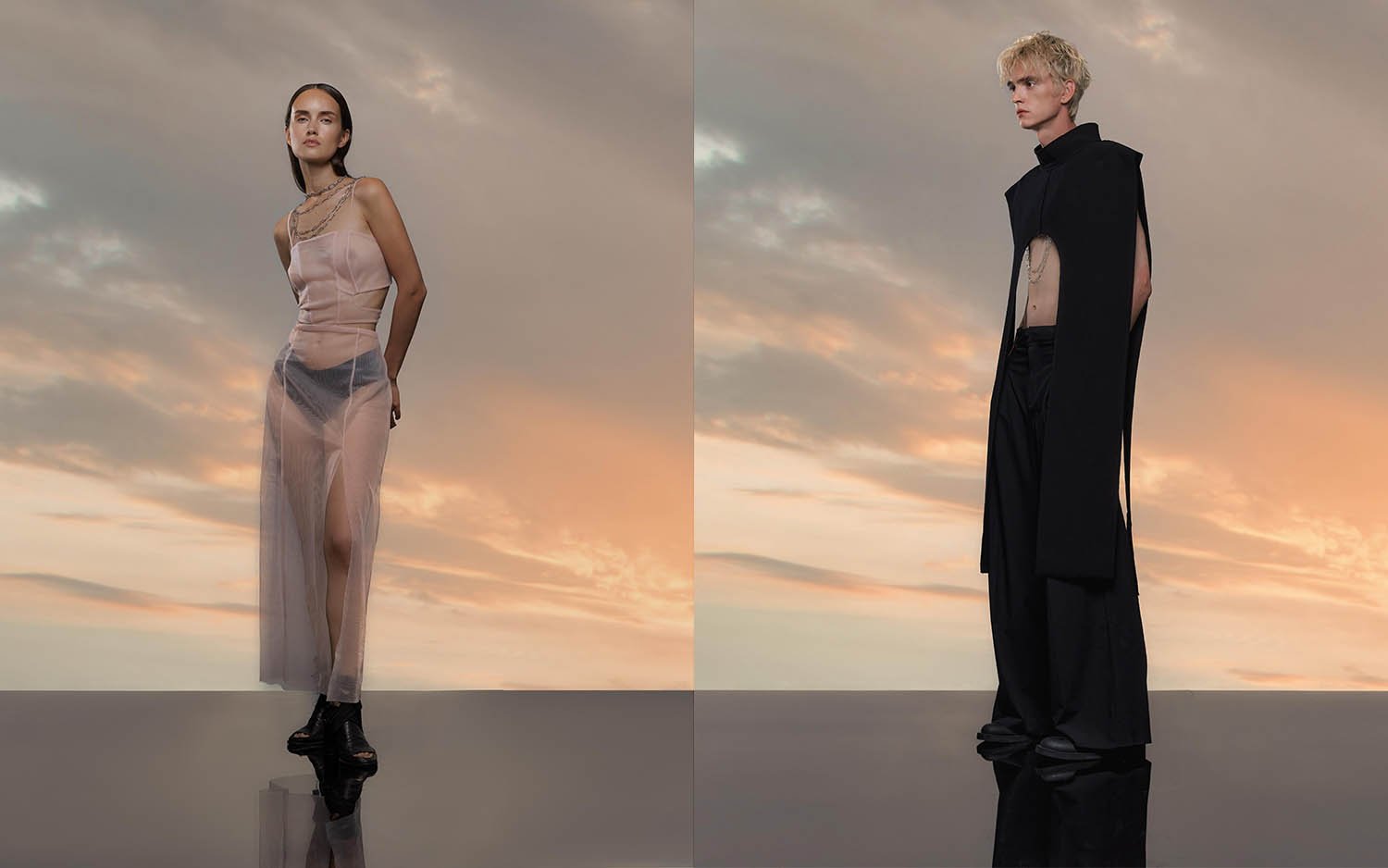Yerevan Fashion Week
* LE MILE Recounts Key Moments from the first edition of Yerevan Fashion Week
written Chidozie Obasi
The Armenian cultural moodboard is a compelling canvas to behold. Indeed, the country’s rich heritage has widespread history across Asia—not to mention the breathtaking landscape, such as the Canyon, nestled within the Dashtakar village—and it’s paired with a fashion scene that is slowly placing its foot on the global lifestyle scene.
This year, Armenia’s capital, Yerevan, hosted the very first edition of its Fashion Week, merging a wealth of creative minds, collections and talents ever innovatively in the name of young entrepreneurship and growth powered by the Fashion and Design Chamber. In the framework of the country’s national strategy on textile industry development, the event’s primary goal focused on empowering local fashion designers while supporting their practice through modern technology. On the digital front, this season’s campaign has been created using AI approaches, bringing forth craftsmanship and modern innovation in equal measure.
seen by
Karen Davtyan
Z.G.EST
Spring/Summer 2024
But there’s more to the story. Unlike other fashion weeks, where a commercial through-line is increasingly commonplace, designers re-evaluated the purposefulness of garments by putting a fresh spin on their creative practice. Z.G.EST’s Spring/Summer 2024 collection was one such example: known for its sustainable ethos and design, the brand’s latest collection presented an unwavering fondness for upcycling techniques by comprising versatile, modular pieces from biodegradable cotton.
Here, the beauty of contrasts rules supreme: key influences encompassed human-crafted architectural forms and the inherent imperfections found in nature, punctuating a dialogue that speaks volumes on dualism. Further references present were those linked to childhood memories, explored by Syrian-born, Armenia-hailed designer Hagop Shahinian, who took his early years to devise cheerful garments, bestowing a feel of innocence, pain and delight.
This collection was a therapy I needed for a long time,” says Shahinian, the designer at the helm of HGP who detailed the way his poignant collection brought forth bitter memories of his homeland. Downturns aside, clothes held a joyful aura: garments were more straightforward than the complexity of the times he lived in, but it didn’t mean they were weakened because of such. Men’s outerwear were truly strong offerings; reflecting, maybe, easier and less fuss is key in extreme times. At the end of the day, it was engaging to see leisurewear that tampered in ways of premium staples, while still coming across as hero pieces. But in the case of references, could you ever have enough?
HGP
Spring/Summer 2024
Not in the case of designer Erika Chilingaryan, founder of fashion label Platon FF. Inspired by the rhythm of big cities, Platon FF presented a casual urban style mixed with romantic edges, stemming from the ancient capitals of our civilisation. “Menswear is classic and avant-garde,” opined Chilingaryan, explaining that “we like to experiment with textures and prints [...] The women's images were based on fragile and airy textures, with the addition of bombers that added a modern and realistic touch to the images of the goddesses of ancient Greece.” Influences notwithstanding, there was another quietly potent, subtly beautiful level that had been explored ever sublimely this season: the return of quiet luxury, as seen through the eyes—and garments—of designer Ariga Torosian, who unfolded a compelling depiction of Armenia’s cultural heritage for Spring/Summer 2024.
ARIGA
Lookbook
“As modernization takes over our architecture and lifestyles, we often neglect to preserve our rich cultural heritage,” she says. “However, this new collection pays homage to Yerevan's historic architecture, with solid fabrics representing traditional buildings that have witnessed so much of our past.” Her vision was a forceful proponent of smart, fashionable, well-made clothes for working women—with a fluid soul to match—challenged by a touch of tough chic to the embroidered classics for which the label is known. If the collection didn't come out roaring, it did purr along apace, with solid pieces like a camel embroidered dress with an asymmetrical structure and a black knitted topper.
All in all, while she may have chosen classic lines, clearly she likes an intricate detail, raising a glass in the name of a modern, here-and-now feel. Cheers to that.
credits
Arnos Martirosyan, Karen Davtyan, Hayk Baghdasaryan, Aram Kirakosyan, Karapet Sahakyan, Adel Brekht




